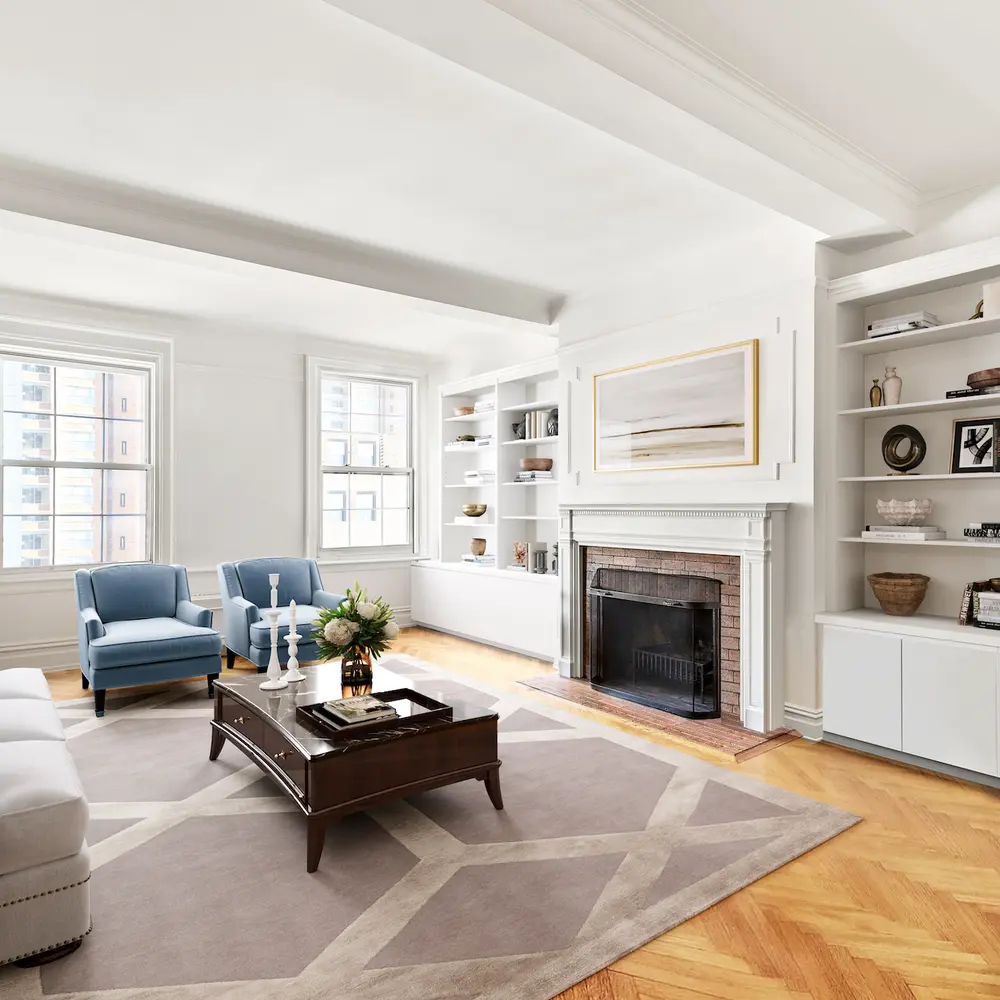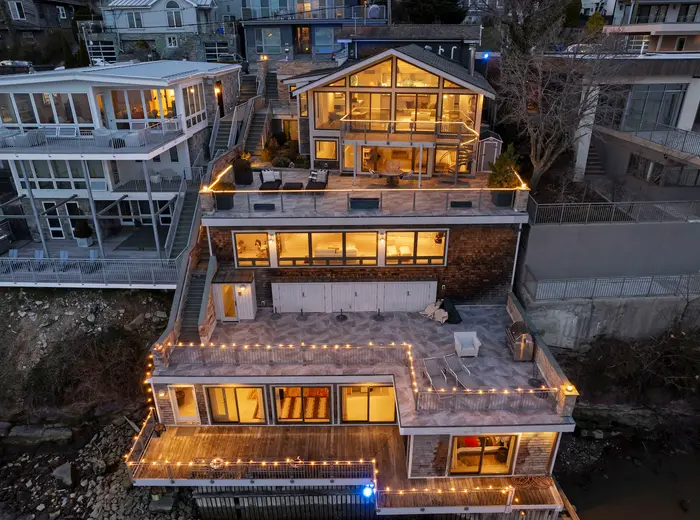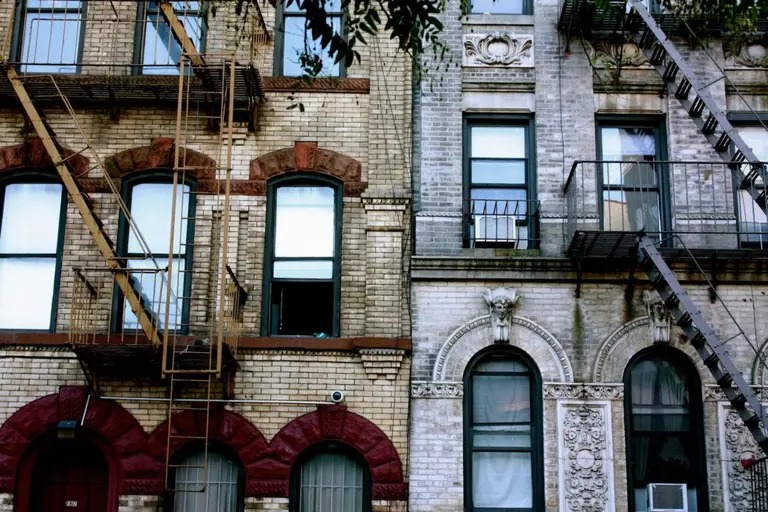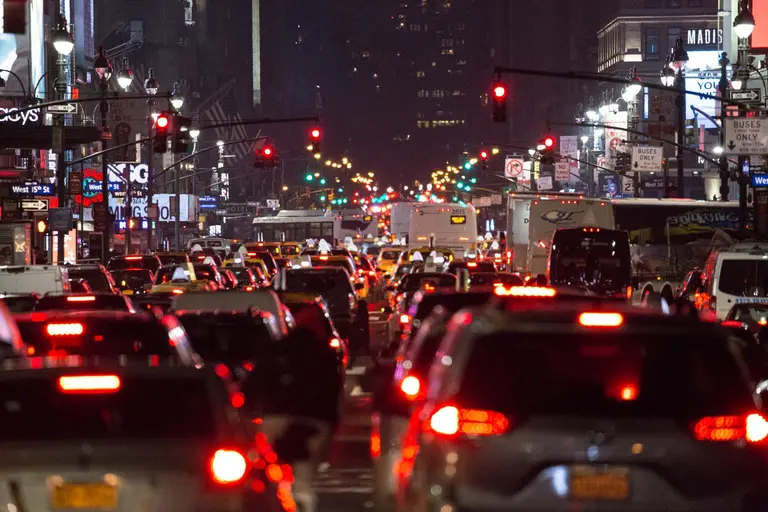During the pandemic’s peak, low-income New Yorkers lacked access to quality green space
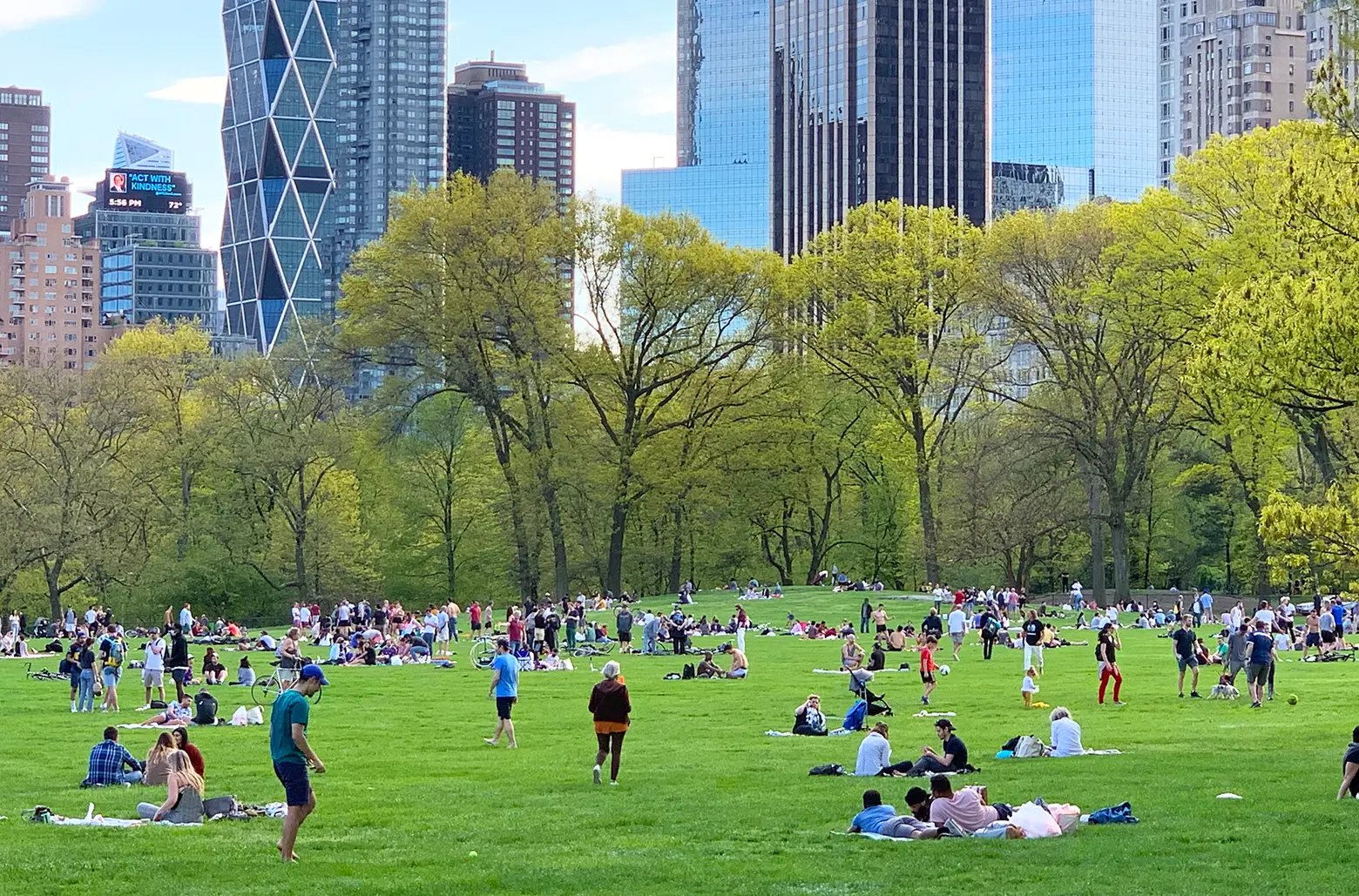
Photo of Sheep Meadow in Central Park on May 4, 2020 © 6sqft
Parks and public green space proved to be a lifeline for New Yorkers during the peak of the pandemic, for both their physical and mental wellbeings. But not all parks are created equal, as reports from the city’s Independent Budget Office and the Trust for Public Land found. In many low-income and minority neighborhoods, where cases and rates of death from COVID-19 were experienced disproportionately, residents lacked access to quality green space, especially when space like playgrounds and basketball courts, closed for nearly three months.
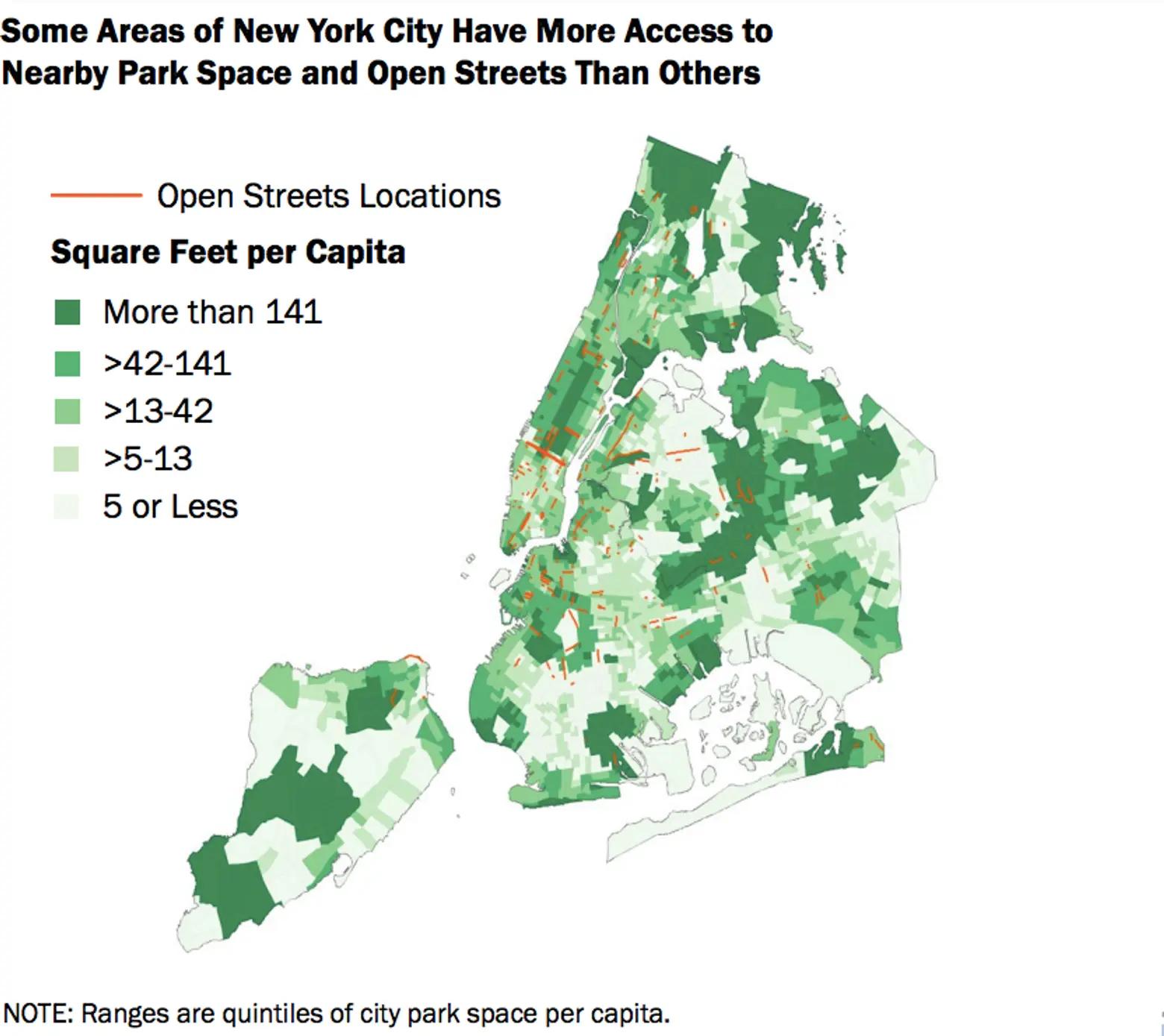
Courtesy of the city’s Independent Budget Office
According to an analysis from the Trust for Public Land, more than 1.1 million New Yorkers did not have access to a park within a 10-minute walk of home during the height of the virus, when playgrounds and recreation fields and courts were closed.
“The Covid-19 pandemic has exposed flaws in the park system that I don’t think we understood,” Adrian Benepe, former commissioner of city parks and senior vice president at the Trust, told the New York Times. “Not all parks are created equal. Small parks do not have room for lots of people to exercise and socially distance.”
A report from the IBO released this week, which maps park space by square foot per resident, found parks cover more than 16,000 acres of land across the city, but is not equally distributed. The analysis found that neighborhoods like Bensonhurst and Borough Park in Brooklyn have as little as two square feet of park space per resident.
Residents near large parks fair better than others because “despite very high population density near Central and Prospect Parks, none of the neighboring census tracts are in the lowest two quintiles of park space square footage per capita,” according to the analysis.
As the Times reported, the parks in low-income and minority neighborhoods across the city are often smaller, making it more difficult to spread out and keep a distance from others. The Trust for Public Land found the average park size in majority-Black neighborhoods is 7.9 acres. In majority-white neighborhoods, the average is 29.8 acres.
The city has addressed the inequity of public space by closing roughly 67 miles to cars as part of an “Open Streets” initiative. When the program first rolled out, the open streets were mainly in and around parks. Now, with the ultimate goal of 100 miles of open streets, more thoroughfares in neighborhoods with the greatest need have been designated traffic-free, including in Brownsville, Brooklyn and Jackson Heights, Queens.
To serve more New Yorkers in need of open space, the Trust for Governors Island announced plans to offer free rides to the 172-acre site for all residents of the New York City Housing Authority and other community organizations. Plus, ferries will depart from Atlantic Basin in Red Hook on Saturdays and Sundays, instead of from Brooklyn Bridge Park’s Pier 6.
“The COVID-19 response, while clearly necessary, created a huge burden of cabin fever, loneliness, anxiety, stress, and personal loss,” Howard Frumkin, professor emeritus of Environmental and Occupational Health Sciences at the University of Washington School of Public Health, said in the Trust for Public Land report.
“The data are clear: parks and greenspace soothe and console us, relax and restore us, reduce our anxiety, depression, and stress. In this and in future pandemics, we’ll want to combine physical distancing and other infection-control measures with universal access to parks and greenspace, to help everyone get through hard times as safely as possible.”
RELATED:






